
Miklós Horthy de Nagybánya was a Hungarian admiral and statesman who was the regent of the Kingdom of Hungary during the interwar period and most of World War II, from 1 March 1920 to 15 October 1944.

VitézIstván Horthy de Nagybánya was Hungarian regent Admiral Miklós Horthy's eldest son, a politician, and, during World War II, a fighter pilot.

Gyula Gömbös de Jákfa was a Hungarian military officer and politician who served as Prime Minister of Hungary from 1 October 1932 to his death.

Count Mihály Ádám György Miklós Károlyi de Nagykároly was a Hungarian politician who served as a leader of the short-lived and unrecognized First Hungarian Republic from 1918 to 1919. He served as prime minister between 1 and 16 November 1918 and as president between 16 November 1918 and 21 March 1919.

Kálmán Darányi de Pusztaszentgyörgy et Tetétlen was a Hungarian politician who served as Prime Minister of Hungary from 1936 to 1938. He also served as Speaker of the House of Representatives of Hungary from 5 December 1938 to 12 June 1939 and from 15 June 1939 to 1 November 1939. Darányi was associated with the radical rights in the Hungarian politics, and although not sympathetic to the Hungarian fascists, pursued an increasingly authoritarian policy at home, and an alliance with the fascist powers Germany and Italy abroad.
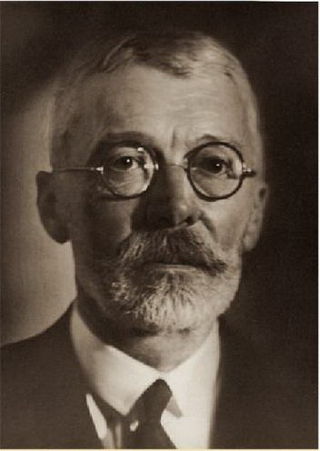
Gyula Count Károlyi de Nagykároly in English: Julius Károlyi was a conservative Hungarian politician who served as Prime Minister of Hungary from 1931 to 1932. He had previously been prime minister of the counter-revolutionary government in Szeged for several months in 1919. As prime minister, he generally tried to continue the moderate conservative policies of his predecessor, István Bethlen, although with less success.

István Friedrich was a Hungarian politician, footballer and factory owner who served as prime minister of Hungary for three months between August and November in 1919. His tenure coincided with a period of political instability in Hungary immediately after World War I, during which several successive governments ruled the country.

Béni Kállay de Nagy-Kálló or Benjamin von Kállay was an Austro-Hungarian statesman and a Hungarian nobleman.

The First Hungarian Republic, until 21 March 1919 the Hungarian People's Republic, was a short-lived unrecognized country, which quickly transformed into a small rump state due to the foreign and military policy of the doctrinaire pacifist Károlyi government. It existed from 16 November 1918 until 8 August 1919, apart from a 133-day interruption in the form of the Hungarian Soviet Republic. The republic was established in the wake of the dissolution of Austria-Hungary following World War I as a replacement for the Kingdom of Hungary. During the rule of Count Mihály Károlyi's pacifist cabinet, Hungary lost control over approximately 75% of its former pre-World War I territories, which was about 325,411 km2 (125,642 sq mi), without armed resistance and was subjected to unhindered foreign occupation. It was in turn succeeded by the Hungarian Soviet Republic but re-established following its demise, and ultimately replaced by the Hungarian Republic.
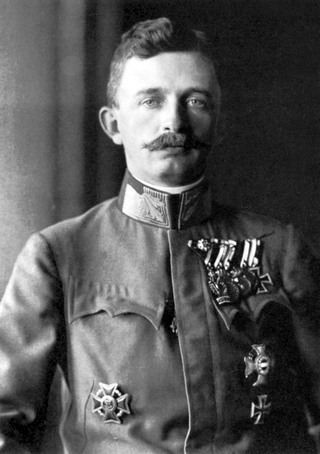
After Miklós Horthy was chosen Regent of Hungary on 1 March 1920, Charles I of Austria, who reigned in Hungary as Charles IV, made two unsuccessful attempts to retake the throne. His attempts are also called the "First" and "Second Royal coups d'état" respectively.
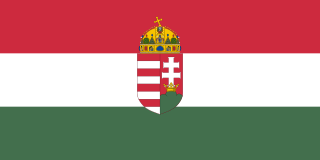
The Kingdom of Hungary, referred to retrospectively as the Regency and the Horthy era, existed as a country from 1920 to 1946 under the rule of Miklós Horthy, Regent of Hungary, who officially represented the Hungarian monarchy. In reality there was no king, and attempts by King Charles IV to return to the throne shortly before his death were prevented by Horthy.

István Rakovszky de Nagyrákó et Nagyselmecz was a legitimist Hungarian politician. During the Second Royal coup d'état, Charles IV returned to Hungary to retake his throne. The attempt was unsuccessful. The king formed a rival government in Sopron and appointed Rakovszky as Prime Minister.
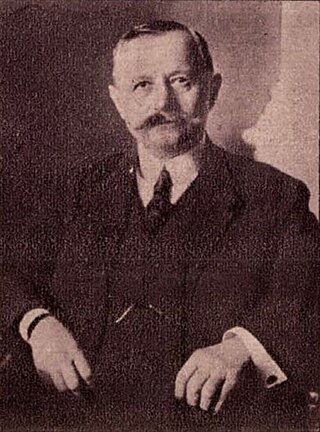
István Szabó de Nagyatád was a Hungarian politician, who served as Minister of Agriculture three times: in 1919, between 1920 and 1921 and from 1922 to 1924.

The Hungarian Republic was a short-lived republic that existed between August 1919 and February 1920 in the central and western portions of the former First Hungarian Republic. The state was established in the aftermath of the Hungarian–Romanian War by counter-revolutionary forces who sought to return to the status quo prior to 31 October 1918.

The Franc affair was a plot by Hungarian nationalists to forge French bank notes. In the aftermath of World War I, Hungary lost a large part of its territory and population in a series of treaties its people considered unjust. This led many Hungarians to turn towards nationalism and revanchism. In 1922, Prince Lajos Windischgraetz was approached by Gyula Mészáros who presented him with a plan to counterfeit the French franc. Windischgraetz sought to damage the French economy while simultaneously raising funds for an internal coup in Hungary and irredentist activities. The plan came to halt when the notes produced by Mészáros were judged to be too primitive. In the summer of 1923, Windischgraetz met with German nationalist and retired Prussian Army General Erich Ludendorff who prompted him to utilize the forging equipment left from a similar unrealized German conspiracy.
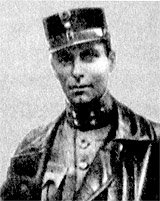
Iván Héjjas was a Hungarian anti-communist soldier and paramilitary commander in the years following the First World War. He played eminent role in the anti-communist and anti-Semitic purges and massacres during the White Terror in the period between 1919 and 1921. As a member of various far-right groups and parties, he was a member of parliament from 1927 to 1931.
The following lists events in the year 1919 in Hungary.
The following lists events in the year 1921 in Hungary.

Count Sándor Khuen-Héderváry de Hédervár was a Hungarian diplomat and politician. He was influential in the organisation of an independent Hungarian foreign service and diplomatic mission following the World War I. He was Hungarian Ambassador to France from 1933 to 1941.



















